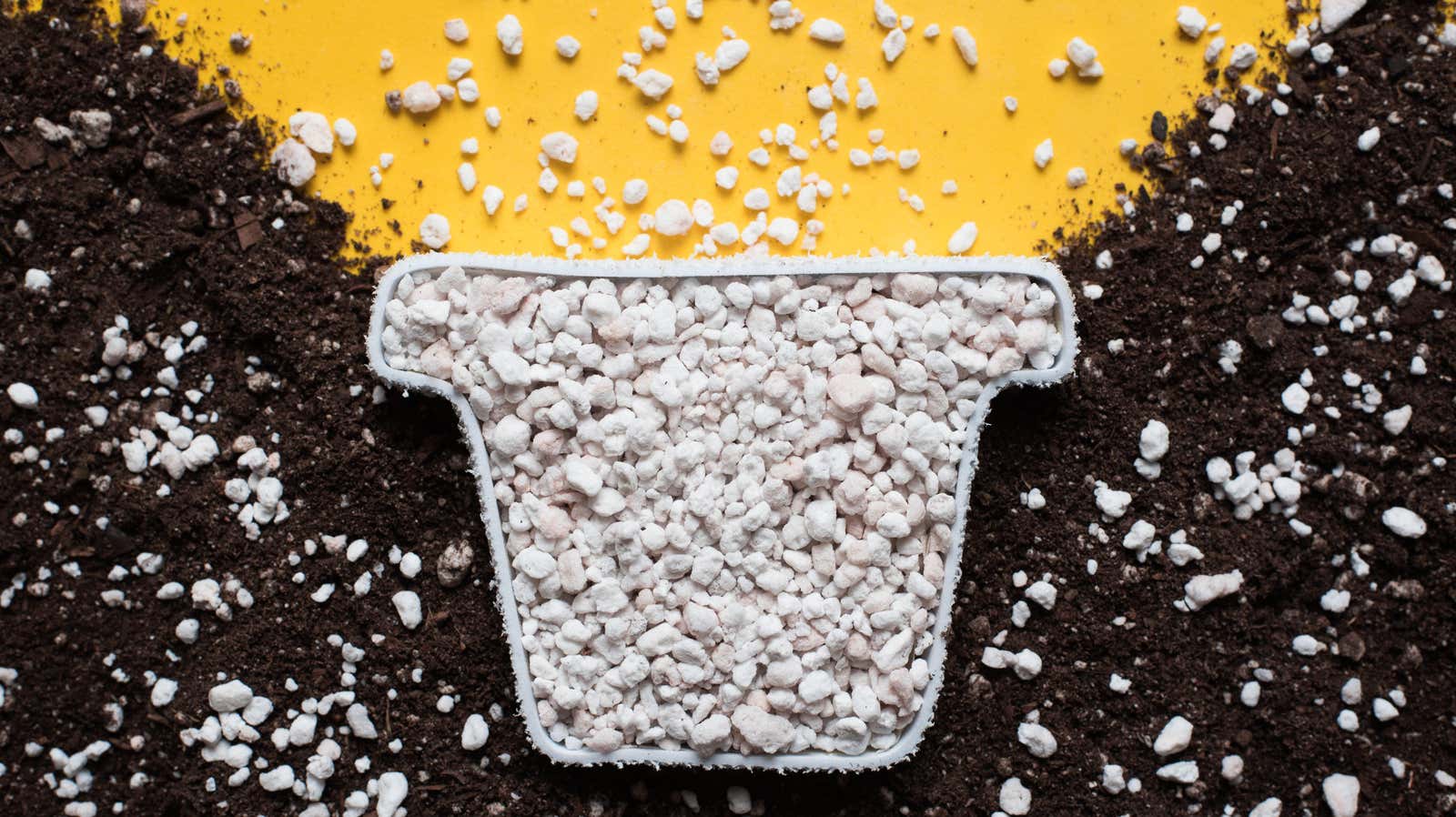How to Add Perlite to Soil (and When To)

Once it’s clear that the houseplant you received as a gift last year has outgrown its pot, it’s time to move it to a new home (like a larger pot). You will also need to add more soil to give the roots a place to go.
And while you can buy pre-mixed potting soil containing all the ingredients your plant needs to continue growing, if you have (or end up with) plain compost instead, you might consider adding perlite to it. Here’s what you need to know.
What is perlite?
If you’ve ever looked closely at potting soil mixes, you’ve probably noticed that they look (and feel) like little round pieces of white Styrofoam. This is perlite, and these balls are not made of foam, but of volcanoes. Technically, this is expanded volcanic glass , which “exploded” when heated to 1000 ° C and increased in size. (Yes, like popcorn.)
But why add volcanic popcorn to the soil? To begin with, it is light, sterile and lasts forever (or at least for a long time). It is also neither alkaline nor acidic, so adding it to the soil will not change the pH. And perhaps most importantly, since perlite is puffed-up pieces of glass, it is highly porous, thus improving soil drainage and being able to absorb and retain water.
Unfortunately, perlite, which mainly comes from Greece, the US, Turkey, and Japan, is a non-renewable resource , so keep that in mind when using it. Also, while perlite is safe and non-toxic , you may want to wear goggles and a mask if you are working with perlite on a windy day. The light weight makes it easy to transport but also means it can be blown away.
How and when to use perlite
There are several ways to use perlite in horticulture, and these three are among the most common:
Do-it-yourself soil mix
Because perlite promotes drainage and water retention, it is a great addition to soil or compost used for houseplants, especially succulents and other moisture-sensitive plants. Before planting anything, mix perlite with compost at a ratio of about 1:4 , and then plant.
Reproduction by cuttings
When propagating plants, place root cuttings in a small jar filled with moistened perlite.
On the beds
Established beds also need care. So every couple of years it is recommended to add a two inch layer of perlite-enriched compost and work it into a six to 12 inch topsoil for a little refreshment.